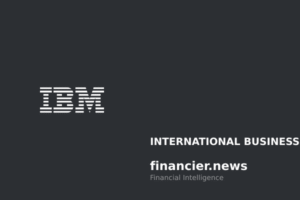$MCD $YUM $ASX
#KFC #Australia #FastFood #Business #Billionaire #Investing #Entrepreneurship #WealthBuilding #FinancialSuccess #StockMarket #FoodIndustry #HistoricalSuccess
Jack Cowin’s story is a remarkable example of entrepreneurial foresight and risk-taking, beginning in 1969 when he purchased a KFC store in Perth, Australia, for $100,000. At the time, Cowin’s decision to enter the fast-food industry appeared speculative, given Australia’s limited exposure to American fast-food brands. However, his calculated risk soon paid off, laying the foundation for Competitive Foods Australia — the company he founded, which now operates over 400 franchise outlets, including Hungry Jack’s (the Australian arm of the Burger King brand). Today, Competitive Foods is valued at over $3 billion, thanks to its success in identifying and capitalizing on Australia’s growing appetite for fast food over the decades.
This extraordinary rise in valuation underscores the significance of timing and market entry in business decisions. Cowin’s venture coincided with a period of cultural and economic shifts in Australia, which included increasing globalization and urbanization. The introduction of KFC and later expansion into other fast-food brands aligned with the evolving consumer preferences favoring convenience-oriented dining solutions. Investors often seek parallels in such stories to identify stocks like $YUM, which owns KFC globally, or $MCD, one of its top competitors. While Cowin’s journey is unique, it provides insights into the potential for growth in the food services sector, particularly in international markets that are still undergoing similar economic and cultural changes today.
Cowin’s ability to scale from a single franchise to a multibillion-dollar empire highlights the importance of reinvestment and a clear growth strategy. By reinvesting profits into expanding his operations and diversifying into other brands, he created a vertically integrated organization with multiple revenue streams. He also demonstrated an adept understanding of franchise operations, which became a scalable model for his business. From an investment perspective, companies like Competitive Foods Australia capture value through market leadership and cost control, two critical factors that have translated into sustained profitability. Investors considering fast-food stocks often analyze similar metrics, such as operating margins and revenue per outlet, as benchmarks for long-term growth potential.
The success of Competitive Foods has also been a case study in strategic diversification and branding. Hungry Jack’s adaptation to Australian tastes set the company apart from other global players like McDonald’s or Subway. While Competitive Foods remains privately owned, its financial trajectory reflects how other publicly traded entities like $YUM impact overall industry performance. The value created in such businesses not only attracts potential equity investors but also highlights opportunities in related sectors, such as real estate for outlet expansion or logistics for supply chain efficiencies. For Cowin, his “biggest break” turned him into one of Australia’s wealthiest individuals, underscoring how understanding audience preferences and long-term value creation builds both personal and corporate wealth.











Comments are closed.